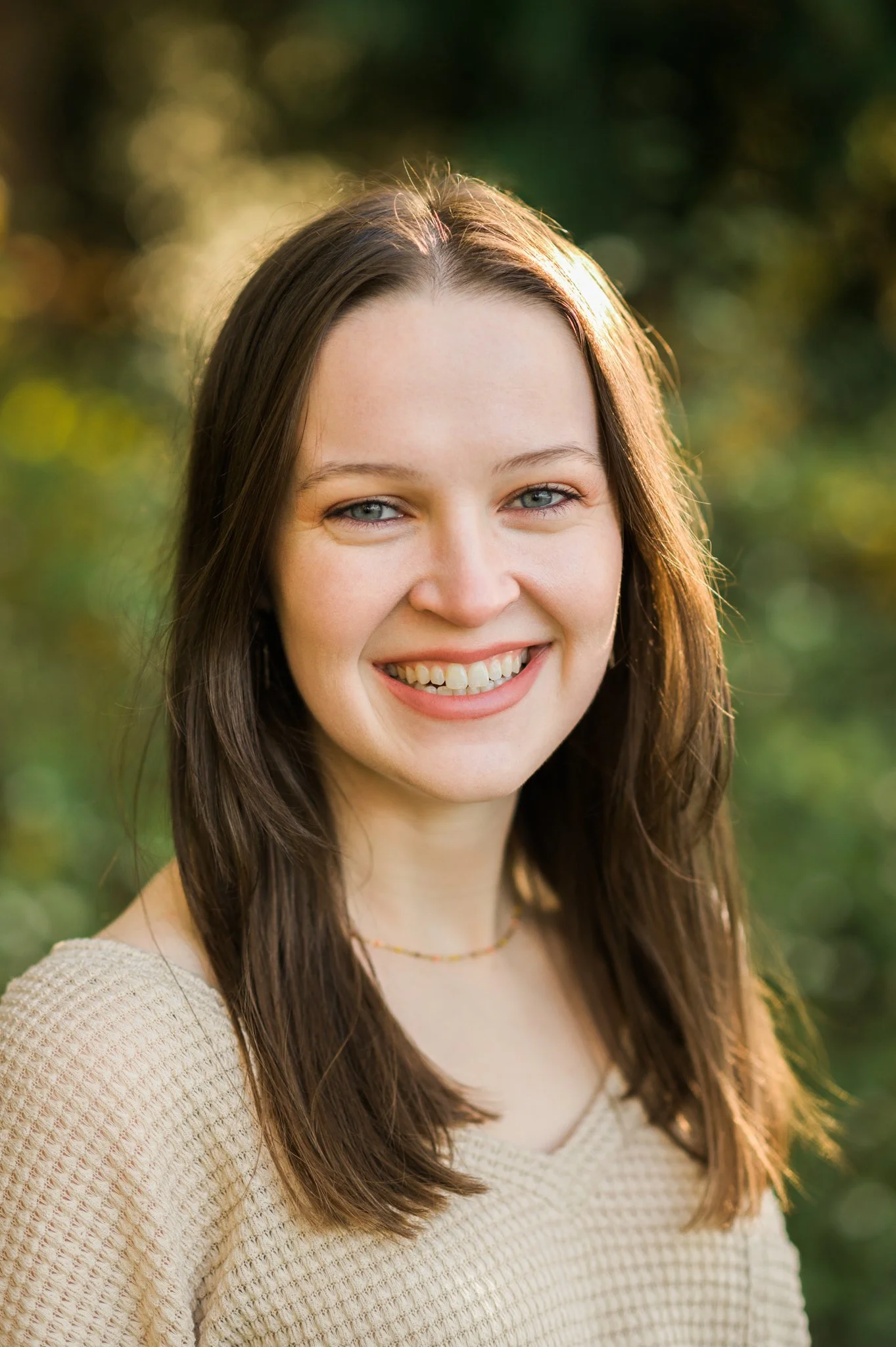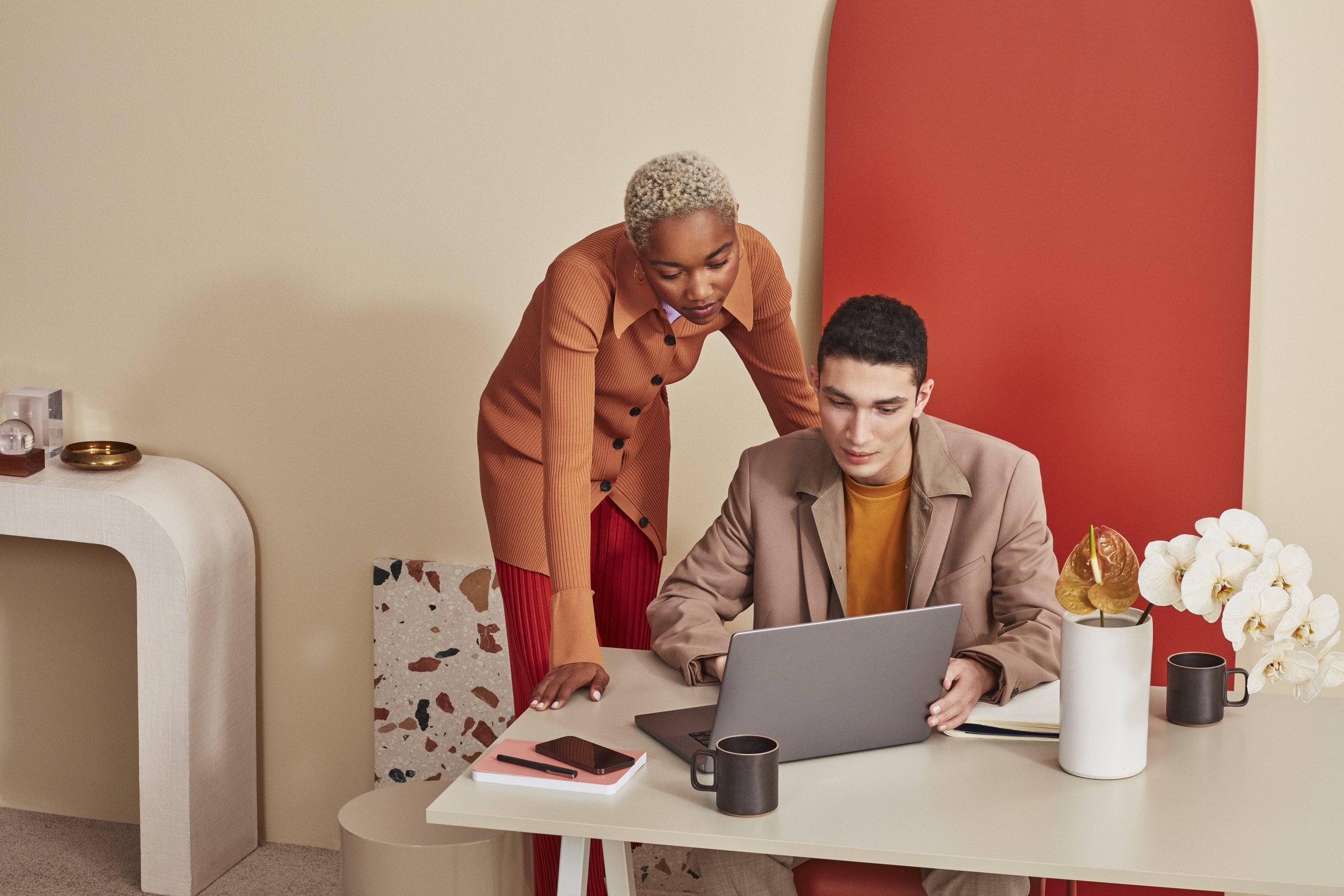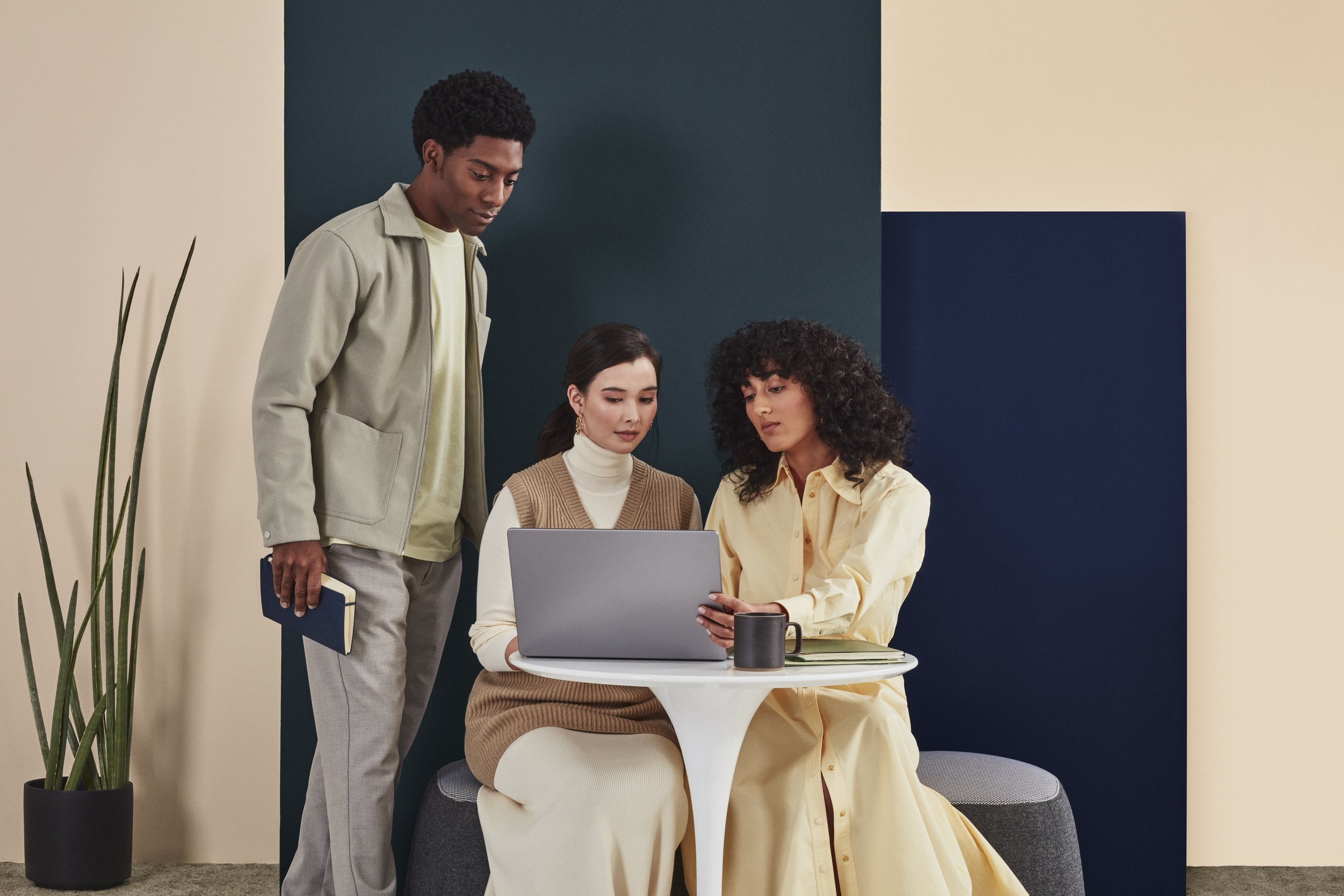In My Classroom
As an artist-educator, I believe in the power of creative practice to nurture identity, reflection, and connection. In my classroom, students learn technical photography skills while also engaging with narrative, culture, and self-expression. I use contemporary photographers, personal storytelling, and student choice as the foundation for meaningful art-making.
Below are a few glimpses into my curriculum, educational values, and student work.
Jessa Nocis, M.A.Ed
Art education not only enhances students’ understanding of their world but develops skills necessary for the world beyond high school. The arts educate students in patience, flexibility, problem-solving, critical thinking, innovation, and the pursuit of excellence. On top of this, students gain a sense of value and accomplishment that can foster an individual’s sense of identity. Art needs to be taught by a person who is passionate and knowledgeable about art education and creating. Therefore, as an art educator, it is my responsibility to provide students with an outlet for their creativity, critical thinking, and self-expression in a learning environment that addresses the needs of a diverse population. I aim to foster an appreciation for art in my students, hoping they maintain a future interest in the arts. While not every student may share my passion for art, my enthusiasm in each lesson seeks to highlight the arts’ significance in our everyday life. In my classroom, students will encounter a wide range of art media through diverse lessons based on Teaching for Artistic Behavior (T.A.B) methodologies. This approach helps students build a mental toolkit of techniques and fosters the development of artistic behaviors essential for creating art. Together, we will create an engaging curriculum that explores students’ interests, personal experiences, current issues, and pop culture, incorporating diverse content to guide them in producing unique and personal artwork.This student-directed approach ensures the classroom environment is tailored to topics that intrigue and inspire them. As an art educator, my role is to mentor adolescent artists through a curriculum that encourages positive, creative, and informative choice-making. This approach aligns with state, district, and school guidelines, ensuring a structured yet flexible educational environment. I see myself as a mentor artist to my students and am continually seeking opportunities to enhance my subject knowledge. By remaining an active artist, I exemplify the importance of exploring personal curiosities, which facilitate learning and growth for both me and my students. This not only enriches my own artistic journey but also sets a standard for my students, aligning with the expectations I have for their own development in the arts. Emphasizing the Teaching for Artistic Behavior (T.A.B.) methodology, I strive to cultivate an environment where students can engage deeply with their artistic pursuits, emphasizing self-directed learning and choice in art. I have come to believe through personal experience that the arts teach students how to make decisions and solve problems. By teaching for artistic behaviors and providing opportunities for choice, I foster a student-directed classroom environment. I encourage students to be curious, try new things, ask questions, and reflect on their own learning and creative processes, thereby enhancing their engagement and growth in the arts.
Curriculum Samples
"The Story of a Place" Project (9-12 Photography)
“Connected Narratives” Project (9-12 Photography)
Gallery Show or Portfolio Unit (9-12 Photography)
Student Voice & Choice. Contemporary Artists as Models. Reflection Over Perfection. Representation & Cultural Relevance.
Student Work Gallery









